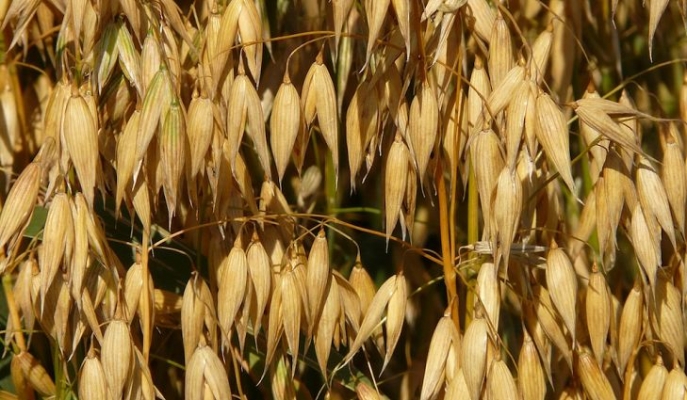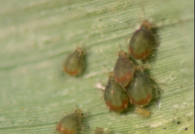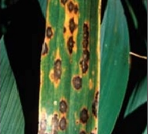General Information
Oat is an important Cereal crop as well as fodder crop. Cultivation of Oat is similar as wheat crop. It is mainly grown in Temperate and Subtropical climates. It can also thrive well in high-altitude tropics. They are very popular due to their health benefits. Oat meal is very famous food. Oats is rich in proteins and fiber. They also help in weight loss, controlling blood pressure and for building strong immune system.














